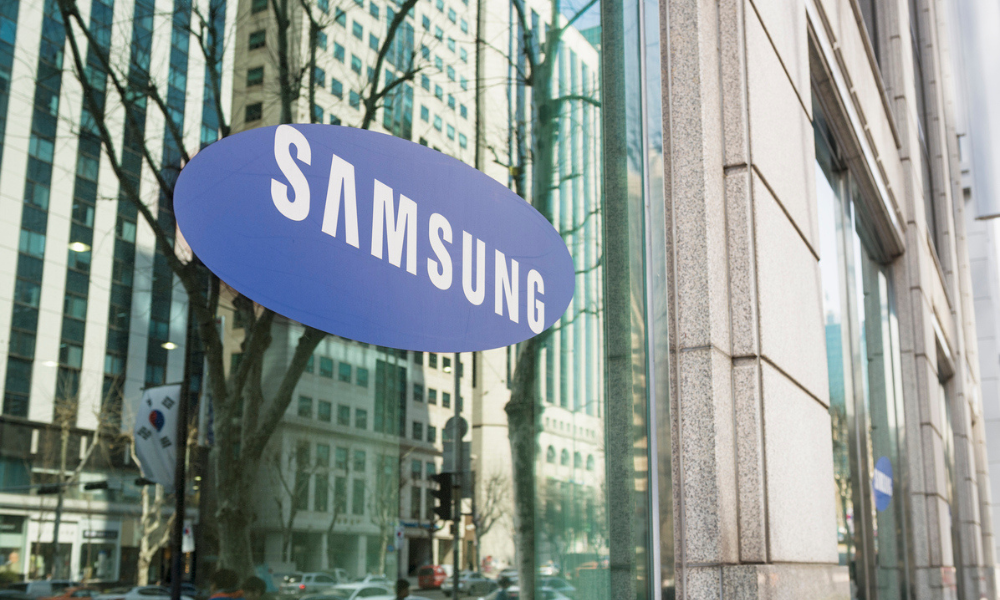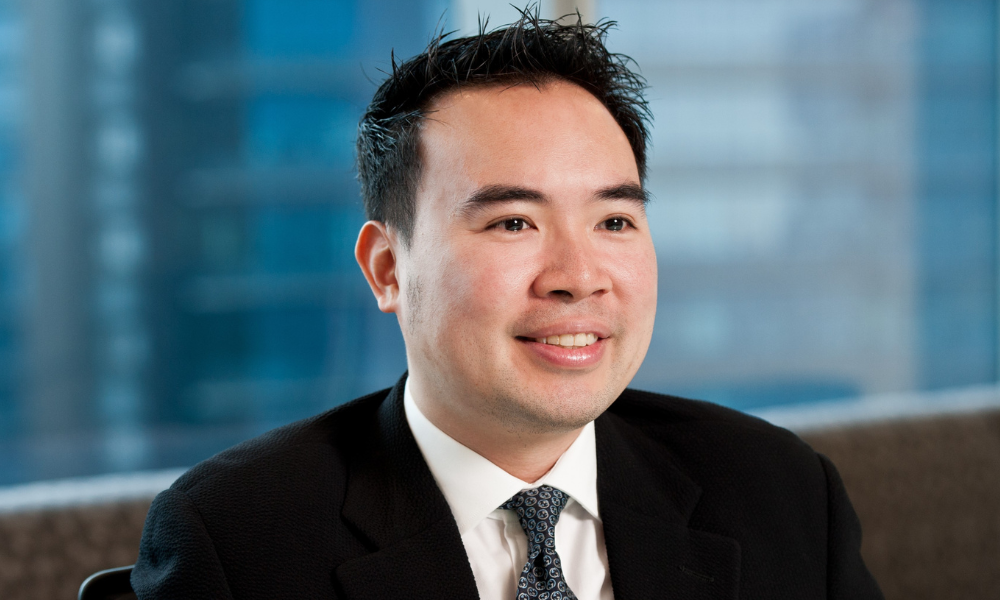While new trends predict more women entering the workforce in the next ten years, some regions will fare better than others in this crucial area
Only 60 to 70 per cent of the employable female population were in the workforce in 2015, according to the latest data from Mercer. This was lower than the overall global male participation rate of 80 per cent.
Globally, these numbers decreased as the career level rose with women making up 33 per cent of managers, 26 per cent of senior managers and 20 per cent of executives.
The report, When Women Thrive, Businesses Thrive, found that current and future rates for female representation will generally fall below hitting proper gender parity by 2025.
All projections were made using current hiring, promotion and retention rates.
Latin America was the world’s top region for gender equality. Even though women only accounted for 36 per cent of the total workforce in 2015, Mercer estimates this will increase to 49 per cent by 2025 – making it the only region to hit gender parity in that time.
The number of female executives in Latin America is also estimated to climb. From 17 per cent in 2015, 44 per cent of executives are predicted to be women by 2025.
The region is also the best globally when it comes to equal representation in middle management (51%) as well as profit & loss (P&L) and functional roles (48%).
Asia is the world’s worst performing region, according to the report. By 2025, female representation is projected to reach only 28 per cent at the professional level. This is a slight increase from the 25 per cent rate in 2015.
Organisations in Asia are also some of the least likely to focus on gender diversity strategies. Only 30 per cent took efforts to engage middle management on this matter while 25 per cent aimed for equality in pay.
When it comes to overall women labour participation by 2025, Mercer projected the other regions would reach the following levels:
Global diversity head criticises quotas
Microsoft publishes disappointing diversity report
Labour participation in Singapore: are we getting better?
Globally, these numbers decreased as the career level rose with women making up 33 per cent of managers, 26 per cent of senior managers and 20 per cent of executives.
The report, When Women Thrive, Businesses Thrive, found that current and future rates for female representation will generally fall below hitting proper gender parity by 2025.
All projections were made using current hiring, promotion and retention rates.
Latin America was the world’s top region for gender equality. Even though women only accounted for 36 per cent of the total workforce in 2015, Mercer estimates this will increase to 49 per cent by 2025 – making it the only region to hit gender parity in that time.
The number of female executives in Latin America is also estimated to climb. From 17 per cent in 2015, 44 per cent of executives are predicted to be women by 2025.
The region is also the best globally when it comes to equal representation in middle management (51%) as well as profit & loss (P&L) and functional roles (48%).
Asia is the world’s worst performing region, according to the report. By 2025, female representation is projected to reach only 28 per cent at the professional level. This is a slight increase from the 25 per cent rate in 2015.
Organisations in Asia are also some of the least likely to focus on gender diversity strategies. Only 30 per cent took efforts to engage middle management on this matter while 25 per cent aimed for equality in pay.
When it comes to overall women labour participation by 2025, Mercer projected the other regions would reach the following levels:
- Thirty-seven per cent in Europe (stagnant from 37% in 2015)
- Forty per cent in Australia & New Zealand (up from 35% in 2015)
- Forty per cent in the US & Canada (up from 39% in 2015)
- Ensure leaders are actively involved in diversity and inclusion, driving for change through both communication and behaviour
- Focus on gender equality at all positions along the pipeline to help gradually bring more women up into executive roles
- Train managers in supporting staff through maternity/paternity leave, returning to work, and recognising unconscious bias
- Redesign and revaluate jobs to take advantage of the unique competencies that women bring to the role
- Implement proper pay equity analyses conducted by a dedicated team and include formal protocols to rectify any discrepancies found
- Identify gender-specific health needs and support women’s unique relationship with healthcare providers
- Offer retirement plans tailored to women’s behaviour, lifespans and other needs by monitoring savings and investment options
Global diversity head criticises quotas
Microsoft publishes disappointing diversity report
Labour participation in Singapore: are we getting better?





